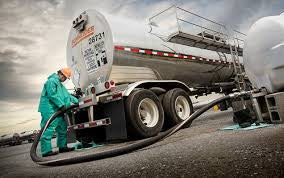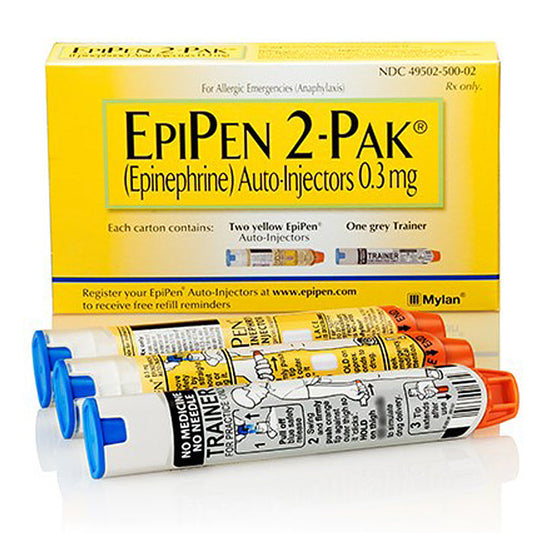
Training HAZMAT Drivers
William BeauregardShare
Hazardous materials (hazmat) drivers are required to receive ongoing training to maintain their knowledge and skills related to the transportation of hazardous materials. The specific training requirements vary depending on the regulatory agency and the type of hazardous materials being transported. However, in general, hazmat drivers must receive the following types of ongoing training:
-
General awareness training: Hazmat drivers must receive general awareness training that covers the basics of hazardous materials transportation, including identification, labeling, packaging, placarding, and emergency response procedures.
-
Function-specific training: Hazmat drivers must also receive function-specific training that covers the specific tasks and responsibilities involved in transporting hazardous materials, such as loading and unloading, handling spills, and responding to emergencies.
-
Safety training: Hazmat drivers must receive safety training that covers the proper use of personal protective equipment (PPE), safe driving practices, and other safety-related topics.
-
Security training: Hazmat drivers must receive security training that covers the proper procedures for handling hazardous materials in a secure manner and the potential security risks associated with transporting hazardous materials.
The frequency and duration of hazmat driver training depend on several factors, including the type of hazardous materials being transported, the mode of transportation, and the regulatory requirements. For example, hazmat drivers who transport certain types of hazardous materials may be required to receive training every three years, while others may need to receive training more frequently. Additionally, hazmat drivers must receive updated training if there are any changes to the regulations or if there is a significant change to their job duties.



